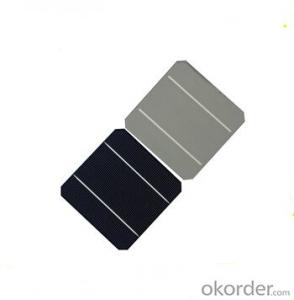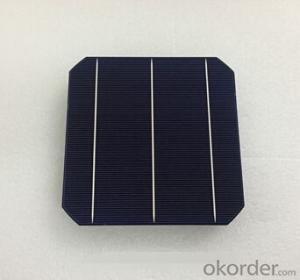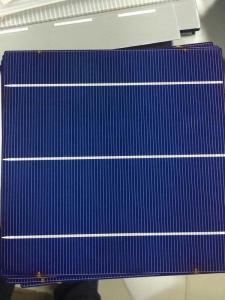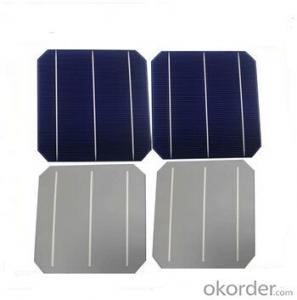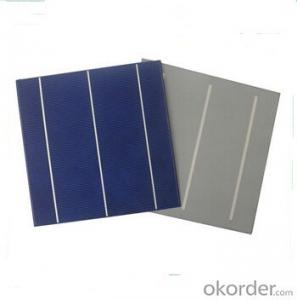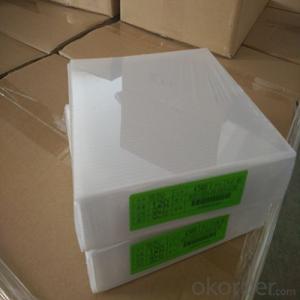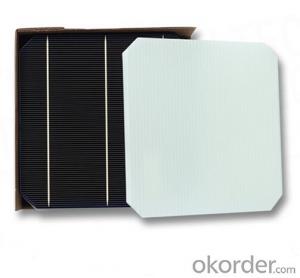Printable Organic Solar Cells
Printable Organic Solar Cells Related Searches
Except For Solar Cells Weegy Problems With Solar Cells High Power Solar Cells Light Trapping In Solar Cells High Performance Solar Cells High Output Solar Cells High Wattage Solar Cells Energy Transfer In Solar Cells High Efficiency Hvac Systems Recombination In Solar CellsHot Searches
Cheap Solar Cells For Sale Flexible Solar Cells For Sale Q Cells Solar Panels For Sale Printed Solar Cells For Sale Bulk Solar Cells For Sale 6x6 Solar Cells For Sale Broken Solar Cells For Sale Cpv Solar Cells For Sale Photoelectric Cells For Sale Price Of Silicon Solar Cells Price Of Solar Cells Over Time Buy Solar Cells From China Cheap Solar Cells China Best Type Of Solar Cells Flexible Solar Cells Price Q Cells Solar Panels Price 3 Types Of Solar Cells Production Of Solar Cells Common Types Of Solar Cells Q Cells Solar Panel PricesPrintable Organic Solar Cells Supplier & Manufacturer from China
Okorder.com is a professional Printable Organic Solar Cells supplier & manufacturer, offers integrated one-stop services including real-time quoting and online cargo tracking. We are funded by CNBM Group, a Fortune 500 enterprise and the largest Printable Organic Solar Cells firm in China.Hot Products
FAQ
- Solar cells vary in size depending on their application. They can range from small cells measuring a few centimeters in width and length, commonly used in portable electronics, to larger panels that can be several meters in width and length, used in residential or commercial installations.
- The lifespan of a solar cell varies depending on several factors such as the quality of materials used, manufacturer specifications, and environmental conditions. However, on average, most solar cells have a lifespan of around 25 to 30 years.
- Yes, solar cells can be used for battery charging. Solar cells convert sunlight into electricity, which can be used to charge batteries. This is a sustainable and renewable way to power electronic devices.
- Solar cells are generally not designed to handle electromagnetic pulses (EMPs) as they are vulnerable to the high-intensity and short-duration bursts of electromagnetic radiation. EMPs can cause significant damage to the delicate components of solar cells, such as the semiconductor materials and electrical connections, leading to a decrease in their efficiency or even complete failure. However, certain protective measures can be taken, such as shielding the solar panels or using surge protectors, to minimize the potential impact of EMPs on solar cells.
- The space required to install a solar cell system depends on various factors such as the size of the system, the capacity of the solar panels, and the energy requirements of the location. In general, a small residential solar system may require around 100 to 300 square feet of roof space, while larger commercial or utility-scale systems can require several acres of land.
- The role of charge controllers in solar cell systems is to regulate the flow of electrical current between the solar panels and the batteries. They prevent overcharging of the batteries by monitoring the voltage and current levels, ensuring efficient charging and maximizing the lifespan of the batteries. Additionally, charge controllers protect the batteries from being drained excessively by disconnecting the load when the battery voltage drops to a certain level. Overall, charge controllers are crucial in maintaining the integrity and performance of solar cell systems.
- A solar cell, also known as a photovoltaic cell, is a device that converts sunlight directly into electricity. It is made up of semiconductor materials that absorb photons from sunlight, creating an electric current. Solar cells are used in solar panels to generate renewable energy for various applications, such as powering homes and businesses.
- The role of bypass diodes in solar cell arrays is to minimize the impact of shading or partial shading on the overall performance of the array. They provide an alternative path for the current to flow, allowing the unaffected cells to continue producing electricity while the shaded cells are bypassed. This prevents the shaded cells from acting as a resistor and reduces the risk of hotspots or damage to the cells.





















